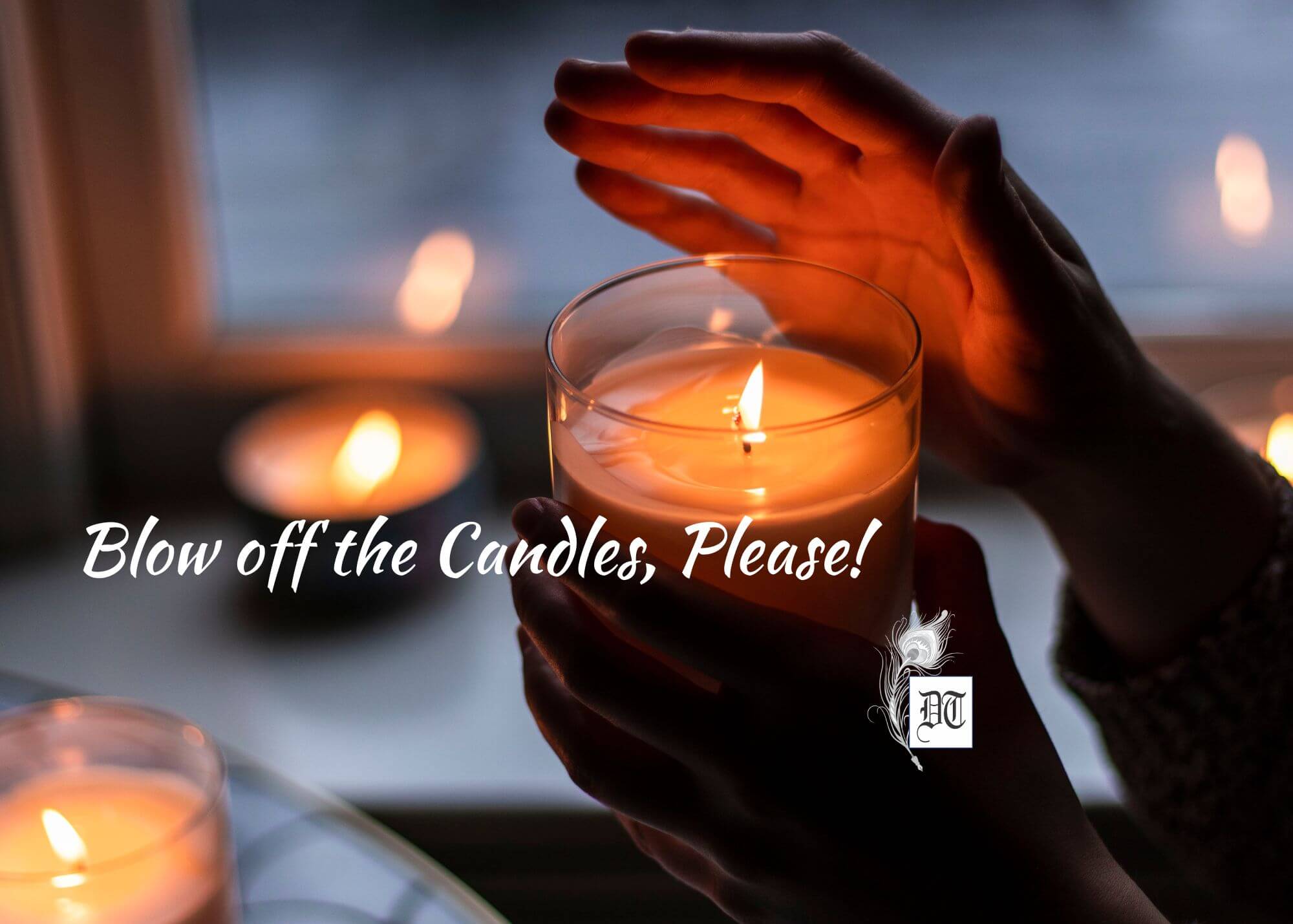People who have been wronged, rendered homeless and voiceless are left with little choice but to set themselves afire, alive. It’s most shocking, terribly grotesque. Till date there are 153 reported cases of self-immolations in Tibet and in exile, of which 145 self-immolations have taken place in Tibet since 2009. Of the self-immolated 27 were women, 25 of them were of 18 years old and lesser, and 144 self-immolations have taken place since 2011. This is an extreme measure of protest, we do not support such deaths, though we cannot ignore these either. Eswar, a Tibetan Rights activist, tells us why some of them resorted to self-immolation, in the weekly column, exclusively in Different Truths.
I still remember the day. It used to be a morning routine, I sat alongside my father and read the newspaper, asking questions, trying to decipher new words.
I could not comprehend completely, but the news item disturbed me. I asked my father what is the meaning of the word ‘self-immolation’.
It was 1998. The news article was about an incident in Delhi. It was the first self-immolation1 by a Tibetan, which took place in Delhi on April 27, 1998. Thubten Ngodrup set himself on fire. Tibetan writer Jamyang Norbu wrote about the incident2 , “We see him charging out to the area before the hunger-strikers tent, causing chaos in the ranks of the police as well as the Tibetans there. […] The burning man then appears to pause and hold up both hands together in the position of prayer. At this point the fire seems terribly intense and the cameraman later remarked that he could distinctly hear popping sounds as bits of flesh burst from Thupten Ngodup’s body. The cameraman was so shaken he found it difficult to hold his camera steady. Then policemen and Tibetans beat at the flames with rugs and sacks, and finally pushing Thupten Ngodup to the ground, stifled the blaze.”
At that time I was not aware of the political situation in Tibet, nor was I able to understand the importance or context or the events, which led the man to undertake such an extreme step.
 July 2014, during my visit to Bangalore to attend the Tibet Festival, as part of World Tibet Day, there was a stall which displayed the photographs of Tibetans who did the ultimate sacrifice, immolating themselves. It was heart-rending to see photographs of teenagers, young women, young men, monks. This time, I was able to understand what they went through. I was more aware of the political situation in Tibet.
July 2014, during my visit to Bangalore to attend the Tibet Festival, as part of World Tibet Day, there was a stall which displayed the photographs of Tibetans who did the ultimate sacrifice, immolating themselves. It was heart-rending to see photographs of teenagers, young women, young men, monks. This time, I was able to understand what they went through. I was more aware of the political situation in Tibet.
The same year, in December, otherwise a beautiful evening, I was getting ready for my consulting trip to Bangalore. I was packing my clothes when I heard about the news. It was 8.00 pm. The next couple of hours I was walking like a mad man. I was not able to digest the news. I was angry, pained, and sad. Tseypey, a 19-year- old girl from the Amdo region of Tibet set herself on fire. Within minutes the spot was cleared, her parents taken into custody to an unknown destination. The very next day Kalsang Yeshe, a Tibetan monk from the Kham region of Tibet self-immolated.
Till date, there are 153 reported cases of self-immolations in Tibet and in exile, of which 145 self-immolations have taken place in Tibet since 2009. Of the self-immolated 27 were women, 25 of them were of 18 years old and lesser, and 144 self-immolations have taken place since 2011.
We were gearing up for the Wellbeing Tibetan Medical Camp, in March 2016, when we heard about the self-immolation protest of Dorjee Tsering, a 16-year- old boy, in Dehradun, India. In a shocking video3 , shot from the hospital where he was admitted with 95% burns, the little boy explained his reasons for setting himself on fire.
“My name is Dorjee Tsering. I am a student of Tibetan Children’s Village, Mussoorie. I am 16 years old. In 1959, Chinese occupied our Tibet. This caused Tibetans to become fragmented…some are in Tibet, some in exile and other countries. I have had a strong determination to do something for Tibet since my childhood. So, I thought that there was nothing else I could do other than self-immolation. Because if there is self-immolation, people get shocked, thinking that he set himself on fire for his country. When they are shocked, countries like the United Kingdom, America, and Africa begin to pay attention to Tibetans. When they pay attention, then they will support Tibetans. That will be helpful for us. It seems the oil put on my body was not enough for it to burn completely. Finally, I want to say: Tibet must get freedom as soon as possible and long live His Holiness. Victory for Tibet.”
The teenager later succumbed to his injuries.
During one of the poetry sessions on Tibet organised by Friends of Tibet4 in a college in Kerala, A student asked why they self-immolate. One of the professors answered the query: “One cannot choose birth, family, friends, gender, but one can choose death.” He went on to explain how he see self-immolation as a silent protest, a brave one daring the dragons asking them you can control our life, but not our death.5
1 List of Self-Immolations in Tibet: https://en.wikipedia.org/wiki/Self-immolation_protests_by_Tibetans_in_China
2 Shadow Tibet blog, Remembering Thupten Ngodup – May 12, 2008
3 https://youtu.be/69amP8Rg66A
4 a people’s movement to keep alive the issue of Tibet through direct action
5 http://www.friendsoftibet.org/global/activities/kerala/melting_boundaries_oct_20_2015.html
©Eswar Anandan
Pix by the author. These were taken from Tibet Museum Stall during Tibet Festival, 2014




 By
By
